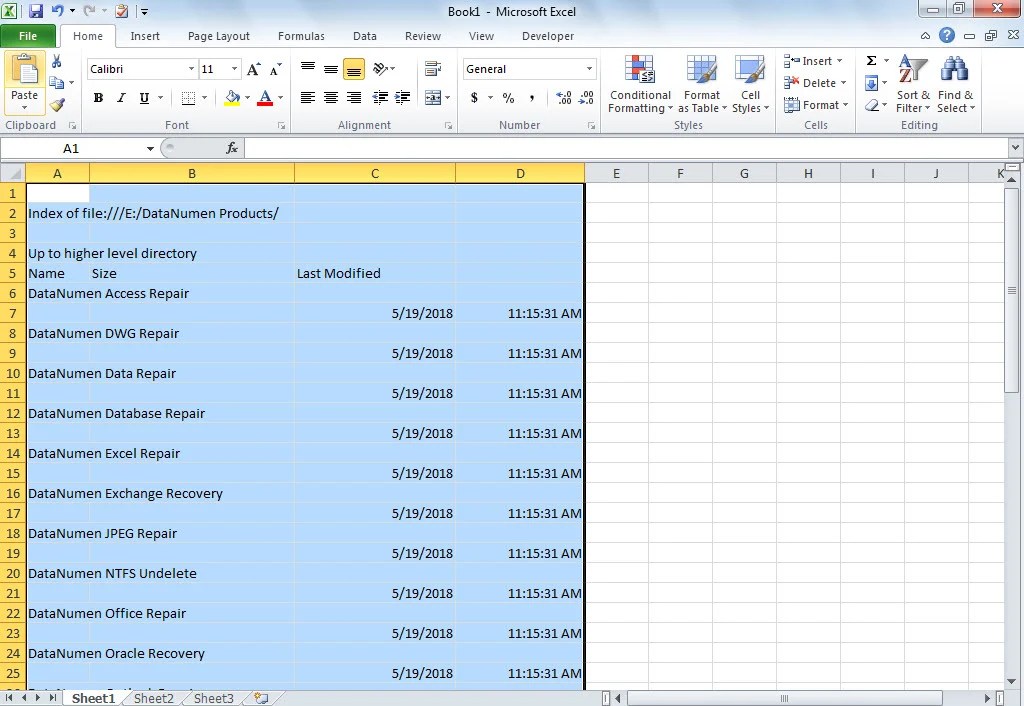5 Quick Ways to Change Sheet Names in Excel

The process of renaming sheets in Microsoft Excel is a fundamental skill that can greatly enhance the organization and readability of your data workbooks. Whether you're managing multiple datasets or simply keeping your monthly budget organized, Excel sheets often require renaming to reflect their contents accurately. In this comprehensive guide, we will delve into five efficient methods for renaming Excel sheets, each tailored to different scenarios for ease and convenience.
Method 1: Double-Click and Rename

The simplest way to change a sheet name in Excel is by using the double-click method. Here's how you can do it:
- Navigate to the Excel workbook containing the sheet you wish to rename.
- Find the tab at the bottom of your Excel window where sheet names are displayed.
- Double-click directly on the sheet name you intend to change. This action will highlight the current name and activate the editing mode.
- Type in the new name for your sheet. Remember, sheet names must be unique within the workbook, and they can't contain certain characters like [: / \ * ? [ ]].
- Press Enter or click elsewhere to confirm the name change.
⚠️ Note: If you accidentally rename a sheet to an existing name, Excel will append a number to the end of the name to make it unique.
Method 2: Right-Click for Options

This method gives you more control over your sheets through the context menu:
- Right-click on the sheet tab you want to rename.
- Select "Rename" from the context menu.
- Type your new sheet name and press Enter.
Method 3: Using the Ribbon

The Excel Ribbon offers another straightforward approach:
- Activate the sheet by clicking its tab.
- Go to the "Home" tab on the Ribbon.
- In the "Cells" group, click "Format" and then "Rename Sheet".
- Type the new sheet name and hit Enter.
Method 4: Keyboard Shortcut

For those who prefer using keyboard shortcuts, Excel has you covered:
- Press Alt + H, then O, and finally R to activate the Rename option.
- Type the new name and press Enter to finalize the change.
Method 5: VBA for Bulk Renaming

If you deal with a large number of sheets, VBA (Visual Basic for Applications) can automate renaming:
Sub RenameSheets()
Dim ws As Worksheet
Dim i As Integer
i = 1
For Each ws In ThisWorkbook.Worksheets
ws.Name = "Sheet" & i
i = i + 1
Next ws
End Sub
- Open the VBA editor with Alt + F11.
- Create a new module, paste the above code, and modify the naming pattern as needed.
- Run the macro, and your sheets will be renamed systematically.
💡 Note: Remember to save your Excel file in the macro-enabled format (.xlsm) before using or adding VBA code.
In wrapping up our guide on renaming sheets in Excel, we've covered five quick methods tailored to different user preferences and needs. From the simple double-click approach to the more advanced VBA script for bulk renaming, each technique offers its unique advantages in managing your Excel sheets. Understanding these methods will significantly streamline your work, ensuring your spreadsheets remain organized, easily navigable, and optimized for your specific tasks.
Can I rename multiple sheets at once?

+
Excel does not offer a built-in feature for bulk renaming, but you can use VBA macros as described in Method 5 to rename several sheets automatically.
What are the naming rules for Excel sheets?

+
Sheet names must be unique within the workbook, should not exceed 31 characters, and cannot contain characters like [: / \ * ? [ ]].
Is there a way to undo a sheet name change?

+
Excel does not automatically keep a history of sheet name changes, but you can press Ctrl + Z (Undo) immediately after renaming a sheet if you make a mistake.